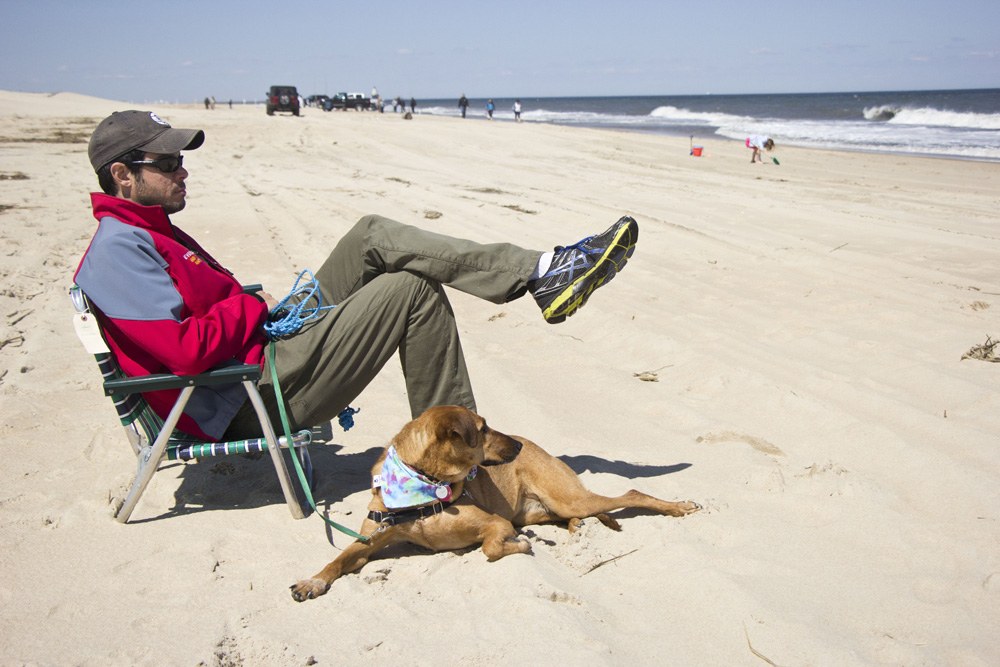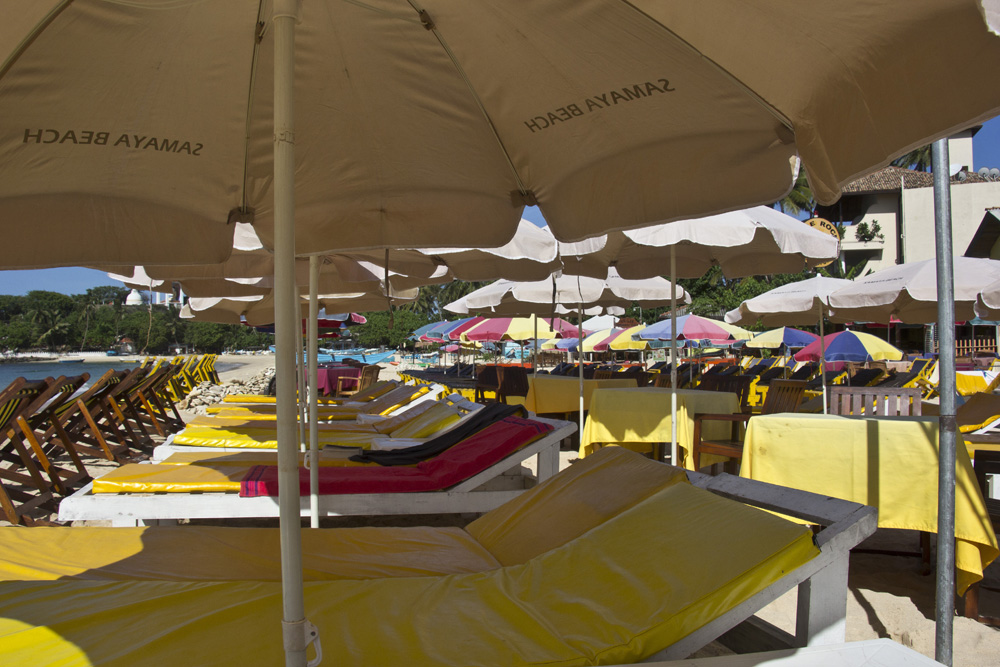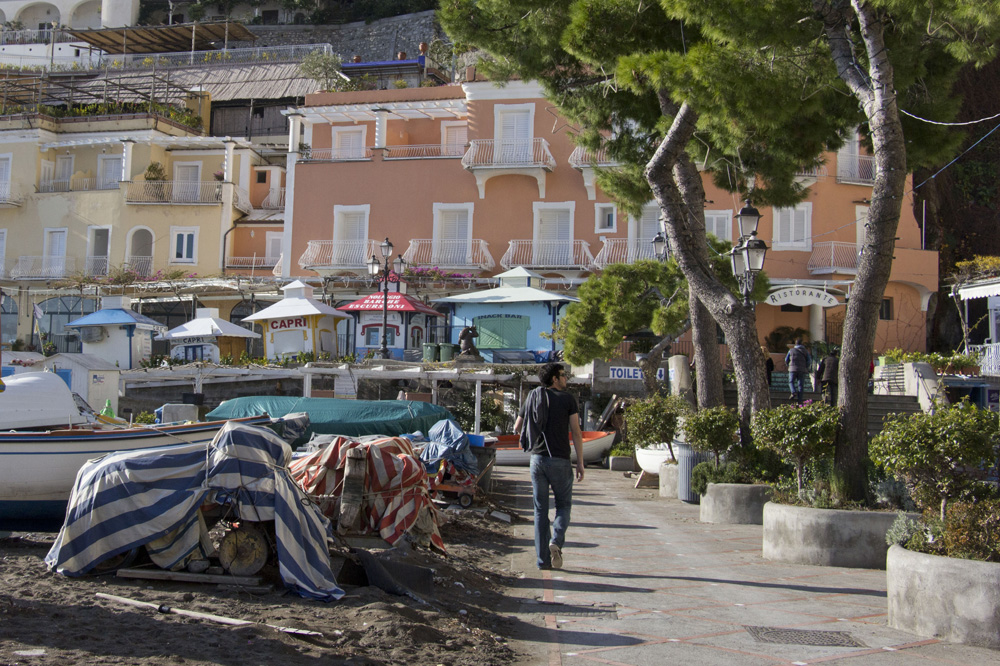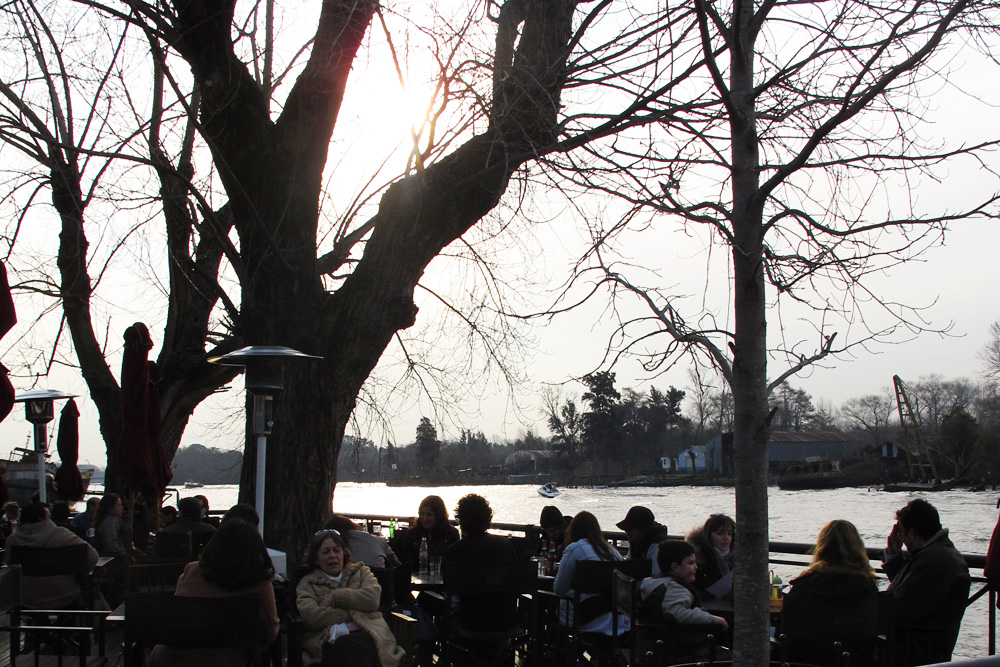Off season travel is one of the best kept secrets in the travel-sphere. Not only can you find good values, but smaller crowds often means you’ll get a better sense of place and culture.
I am a serial off season traveler, and it’s kind of unintentional. I always realize it just after hitting the “complete purchase” button on my flights that yes, I just booked ANOTHER trip in the off season. I guess I naturally gravitate towards visiting destinations at the least popular times of year. The Amalfi coast in December? Sure! India right at the start of monsoon season? Why not! Sometimes there are strong reasons to travel in during peak season, but I’ve found that traveling in the times of year when tourist numbers are low can be the best way to experience a new place.
And while this is great and fantastic and let’s all start doing this ALL THE TIME, you should keep in mind that not all destinations have an off-season. Some places are popular at all times of the year, though some months see slightly less tourists than others (These are often big cities like NYC and Paris or places that have four seasons like Japan and New England). For example, I would consider January and February the “off-season” in NYC because it seems like off-season in comparison to June. But these months are still plenty popular, and the city is still full of tourists. So this then begs the question….
WHAT IS AND WHEN IS OFF SEASON?
Off-season (or off-peak season or low season) is the time of year when a destination sees the fewest travelers. In a beachy or tropical destination, this is likely in the winter or rainy season. In a ski destination, this is usually during the summertime. It varies by destination, hemisphere, continent, and environment. I also group “shoulder season” into off-season as traveling during this time has similar benefits to true off-season travel. Shoulder season is the transition period between high and low seasons and can be a good way to save money without completely giving up high-season benefits.

NOT swimming weather in April. Cape Henlopen, Delaware.
WAIT, SO WHY WOULD I WANT TO TRAVEL IN THE OFF SEASON?
I could go on and on about why I enjoy off-season traveling, but in the interest of getting to the point, here is a list of the top reasons why I love it.
- Value – Flights, accommodation, entrance fees and more can be found at big discounts. In some places, you can find hotel prices at a 50% discount. That can mean luxury at an affordable price.
- Crowd Control – In most places, you’ll avoid the biggest swells of tourists. I waited ZERO minutes to get into the Vatican Museum and walked through the Sistine Chapel twice in December. In July, the line is usually hours simply to get in the front door.
- A Different Experience – Different seasons afford different experiences, simple as that. And in destinations where weather dictates activities, off-season can show you a place in a whole new light. For instance, you have a significantly higher chance of seeing the Northern Lights if you visit Iceland in the winter off-season than you do in the popular summer season.
- Traveling More Local – When the ratio of foreigners to locals is lower, you have a greater chance of feeling the local culture more than you would when a place is teeming with tourists. This isn’t always true though, as the weather can dictate the feel of a place almost as much as the number of tourists. For example, cold winter weather on the Greek island of Santorini will make the island feel much different than it feels in July – regardless of crowds. But a trip in the shoulder season will give you a little slice of good weather and little slice of quiet.

Empty beach and beach chairs on a cloudless day in May. Unawatuna, Sri Lanka.
IF OFF SEASON TRAVEL IS THAT AWESOME, EVERYONE WOULD BE DOING IT. WHATS THE CATCH?
There is always another side to the story. There are reasons off season travel isn’t always the right choice, you just have to weigh the pros and cons and decide for yourself if it makes sense. Unless it is a bad idea, which happens.
- Weather – Be prepared for bad weather or for the weather to control what you can and can’t do.
- Seasonal Closures – You’ll need to do your research to make sure your chosen destination isn’t going to be boarded up and empty.
- Will You Be Satisfied? – Before you decide on off-season travel, you have to be sure that the experience won’t leave you feeling regretful. If you’ve got season-specific expectations, you should travel during that season.
- Safety – Sometimes it is just not safe to travel during the off season and you should really respect that. For instance, do not plan climb to Everest Base Camp in the dead of winter. Seriously. Don’t.

Covered boats and motorbikes and boarded up hotels and kiosks in December. Positano, Italy.
Ok, so now that we’ve established WHY you’d wanna do this and WHAT things you have to keep in mind, on to the fun stuff.
WHERE SHOULD I GO IN THE OFF-SEASON? OH, AND WHEN IS THAT AGAIN?
Here is a list of popular travel destinations as well as the corresponding off-season months. I’ve noted some places that are year round destinations and some months to avoid. This list is not a complete snapshot of the world and I’ll add to it as I learn more about new places. If you’ve got a favorite place or time of year that’s not on this list, please let me know!
ASIA
- Cambodia – July through September are the wetter months and you’ll see fewer tourists at Angkor Wat.
- India – Most of India experiences the low/rainy/grotesquely hot season and the monsoons between April and October. In the mountains though, off season is October to March when it is colder.
- Indonesia – It really depends where you are going as Indonesia is ENORMOUS, but the short answer is December, January, and February of the off season. Bali, however, is a year round destination.
- Nepal – This is a tough one. If you want to trek in the Himalayas, you really should be going during one of the peak trekking seasons – September to November and March to April. It’s a matter of safety. However, if you are not planning on trekking, the rest of the year is the off season – winter and the summer monsoon season.
- Sri Lanka – Sri Lanka experiences two monsoons, which means its always high season and always low season here. From May to August, it is high season in the north and low season in the south. From October to January, it is high season in the south and low season in the north. January through April see good weather throughout the island which would make it defacto high season. Or maybe shoulder season. Sri Lanka is complicated. Read This.
- Thailand – This is a year round destination, but the rainy season downpours make July and August the unofficial low season.
- Vietnam – November to March is low season, but January and February are the most quiet months.
EUROPE
- France – Winter is low season all over the country, except in the alps for skiiers. And of course, Paris is always in season. You’ll find good deals and smaller crowds in Paris in January and February though. (It’s also sale season which is awesome for people with actual fashion sense. I do not have any fashion sense unless it involves a scarf, FYI.)
- Greece – Greece is a year round destination but the islands are considerably less popular from November to April. Some islands almost completely shut down in the winter, so be mindful of that if you are thinking of off season island hopping. Ferry service can be scarce as well.
- Iceland – December days are only 5 hours long which makes it the quietest time of year. But all of winter in general is low season as daylight is scarce and the weather is colder, snowier, and even more unpredictable than the rest of the year.
- Italy – November through March is low season EXCEPT in the alps where ski season makes the mountains popular.
- Spain – October through April are lighter on tourists, but Spain is lucky to be sunny and relatively warm all year.
CARIBBEAN AND CENTRAL AMERICA
- Caribbean Islands – The low season is really long for most Caribbean islands, starting in Mid-April and running until Mid-December. Hurricane season affects most of the region and runs from June through November. (EXCEPT for the following islands which are not in the hurricane belt: Barbados, Grenada, Trinidad and Tobago, Aruba, Bonaire, Curacao, Providencia Island, and San Andrés)
- Central America– Off Season is May through October. The Caribbean Coast of the ithsmus is affected by hurricane season however, which runs June to November.
- Mexico – Off Season is May through October. The Caribbean Coast is affected by hurricane season however, which runs June to November.
USA/CANADA
- California – November through February is generally the low season. There are few exceptions to this though. Ski areas in the Sierras and Palm Springs are in peak season during the winter. Also, avoid Yosemite in the height of summer unless you prepare months in advance and score in their climbing lotteries.
- Florida – July and August are low season in southern Florida, although hurricane season runs from June until November.
- New York City – New York is always in season, although January and February are lighter on tourists.
OCEANIA
- Australia: Queensland – November to April is hot and humid and swimming in the ocean is limited due to the presence of deadly stinging box jellyfish monsters. Upside – it’s cheap! Downside – the microscopic horrifying Irukandji. Read this and then freak out. But I went in the off season and snorkeled the Great Barrier Reef in a stinger suit. I survived. So will you.
- Australia: Victoria and NSW – Melbourne and Sydney are coldest from June to August.
- New Zealand – If you are planning to road trip New Zealand in a campervan or tent, the ideal time to go is December through February. However, I personally think shoulder season is great for a road trip since the crowds are smaller and the weather is moderate. Some days will be colder and some will be perfect. But you could get a whole campground to yourself. It’s awesome when that happens, trust me. But I wouldn’t recommend winter for camping, though you’ll find great discounts on indoor accommodations during these off season months.

Enjoying the river under the bare trees on a cold winter day. in Tigre outside Buenos Aires, Argentina
SO WHAT’S IT REALLY LIKE TO TRAVEL IN THE OFF SEASON?
Well, I’ll show you. I’ve gone through and tagged all the articles on this site that are about a trip, destination, or activity in the off season. So if you want to peruse the archives about all my off season experiences, start here:
TravelShus Off Season Travel
If you are looking for a specific destination, here is a list of places I’ve traveled to in the off season or shoulder season that have found their way onto the site. I am currently working on building out a more robust off-season hub that will contain resources to make planning an off season trip easier.
- Argentina: Buenos Aires
- Australia: Queensland
- Chile: Santiago, Valparaiso
- China: Chengdu
- Costa Rica
- Delaware: Lewes/Rehoboth Beach
- France: Paris
- Greece
- Iceland
- India: Kerala
- Italy: Rome, Amalfi Coast
- Mexico: Tulum
- Nicaragua
- Spain: Canary Islands
- Sri Lanka
- Turkey: Cappadocia
- US Virgin Islands: St John
HAPPY OFF SEASON TRAVELS!
-Annie